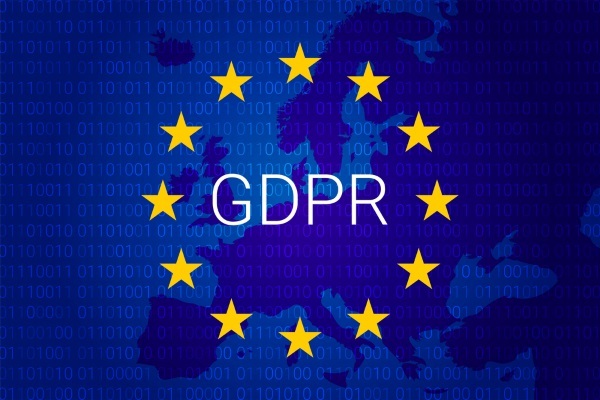Given the fact that you are in business, you are looking to grow it as much as possible. All of us are looking to do it quickly. This ensures that profit will not slip anywhere else and you will be the only beneficiary in the branch. Obviously, this is the scenario when you are steering a startup. For those companies that have been on the market for a while now, goals are different. After ensuring good market positioning, you will probably want to enhance your profits. This can be difficult if your company has already entered the maturity phase of its life cycle. In order to continue to grow or at least maintain the shares at the current level, you will need to find new ways to enhance your business. Email marketing analytics are here to help you achieve precisely that.
Now is the best time to improve your email analytics
Alt tag: Email marketing analytics – the right time to enhance it is right now
Email marketing analytics – the basics
Emails have become a powerful tool to keep your customers informed of changes in your company. The changes that you can inform them about can be quite different:
- New offers that you have just introduced
- Items on sale
- Special promotions
- Administrative changes that may affect your customer
This is just the beginning. Once you enter the world of email marketing analytics, you will understand just how much it can actually open your eyes to your customers’ behavior. Therefore, let yourself dive into the pool of knowledge.
Basic metrics that you should be tracking
Email marketing analytics is one of the tools that can help you analyze a website and its performance in email marketing. In order to help you understand as much as you can about email marketing analytics, let us present you with the basic metrics that you should be following:
- Clickthrough rate
- Conversion rate
- Bounce rate
- List growth rate
- Email sharing and forwarding rate
Clickthrough rate
Clickthrough rate is a tool that you can use to measure how interesting the content of your email is to your subscribers. When we say interesting, we do not mean interesting for reading. We mean interesting in the sense that it draws your subscribers to get more detailed information on the subject that you are informing them about. If your clickthrough rate is low, you might want to change your email marketing strategy.
In order to calculate your clickthrough rate, you need to find out how many of your email recipients actually clicked on at least one of the links that you included in the email. The entire calculation should be as follows: (total number of clicks / the number of emails delivered)*100. Once you find out the percentage of the clickthrough rate, you will be able to find out what email marketing approach you should take next. This is one of the reasons why email marketing analytics is a very useful tool.
Does your marketing strategy require a change?
Alt tag: Creation of marketing strategy
Conversion rate
Any email that you send out to your subscribers is sent with a precise goal. Obviously, all of them aim to inform your customers of beneficial options that you can offer them. However, the primary goal is going to be to engage your customers in an action of your liking.
This is not tricking them to do what you want them to. This means that you would, for example, like them to take up one of the online courses that you are informing them about. If they find one that they like, they will follow the link provided. This is when your clickthrough rate rises. However, if they sign up for the course, then your conversion rate goes up. In order to enhance your conversion rate, make sure to make your email look more appealing.
Therefore, we can say that you are providing your customers with a call to action link in an email. The conversion rate will show the percentage of customers who complete the desired action. In order to calculate it, you should use the following formula: (number of delivered emails / the number of sent emails)*100.
The conversion rate is used on a daily basis. It is an indispensable tool for testing ideas for your next internet marketing campaign.
Bounce rate
Bounce rate is pretty straightforward. It represents the percentage of emails that were sent out but did not reach your customers. It is important to know how many emails bounce in order to know whether your hardware and software solutions work. You cannot blame a marketing expert for a failed marketing strategy if it never reached the target group.
Therefore, you should pay close attention to the bounce reason. There are two types of bounces: soft and hard. Soft bounces are provoked by a temporary problem. Hard bounces are provoked by invalid email addresses. Since emails sent out to these email addresses will never be delivered, you should make sure you remove them. This will affect the precision of your clickthrough and conversion rates. You will want to have these parameters as precise as possible.
List growth rate
List growth rate represents the percentage of new subscribers that you get. Growth rate can be both negative and positive. Therefore, list growth rate represents one of the most important email marketing analytics tools out there. It is very difficult to keep the list of your new subscribers growing. As a matter of fact, once your company reaches maturity stage, you should be investing your efforts in retaining the list of current subscribers. Obviously, you should be executing strategies that will help you attract new subscribers as well. However, your competitors are going to try and snatch your customers from you. Therefore, apart from attracting new ones, you should make sure to retain old ones as well.
When you enter the maturity stage, your goal should be to keep your growth rate positive
Alt tag: Business analysis
In order to calculate your list growth rate, you should apply the following formula: ([(Number of new subscribers) – (Number of unsubscribed customers + email or spam complaints)] / Total number of email addresses on your list])*100.
Since you will be sending a lot of emails on a weekly basis, you should make sure to stay off the email blacklist.



